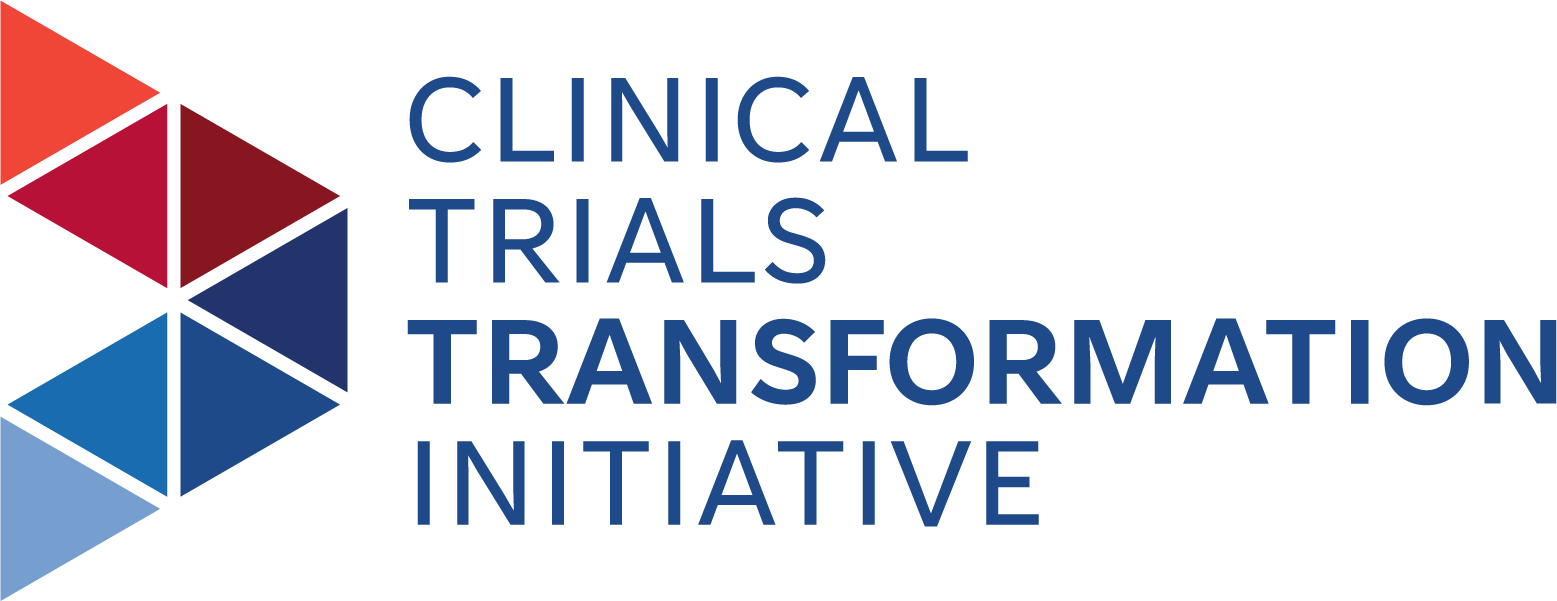By Integrating Patient Groups, Bamboo Therapeutics Reaps Valuable Payer Insights
Bamboo Therapeutics Applies CTTI's Patient Group Engagement Recommendations
SUMMARY
When Bamboo Therapeutics sought better integration of patient groups into its clinical operations plans, CTTI's Patient Group Engagement (PGE) recommendations and tools offered vehicles for meaningful action. Read on to learn how this biotech boosted patient engagement across its organization and made colleagues believers in the value of the patient voice to drive better research.
GOAL(S)
Bamboo Therapeutics (now a wholly owned subsidiary of Pfizer), wanted to better integrate patient groups into Bamboo's clinical operations plans. If the organization could access available resources, expertise, and points of contact from these groups in advance of the clinical operations plan development, it had an opportunity to better leverage each group and, ultimately, help Bamboo deliver better solutions for patients.
CHALLENGES
Like many organizations, Bamboo had set protocols and processes, and not all employees saw merit in applying the mapping tool to integrate patient advocacy groups into protocol development. Several employees worried that these groups may not have the sophistication required for more robust involvement in protocol development-- for example, is a patient advocate qualified to determine what constitutes a critical medical risk?
SOLUTION(S)
Bamboo applied the "Patient Group Organizational Expertise and Assets Evaluation Tool" from CTTI's PGE work-- which seeks to help patient groups and sponsors of research best assess each other's interests, expertise, and assets to increase the chances of successful clinical trials and therapy development-- to systematically map the abilities of individual patient groups against the company's clinical development goals. The tool is a template that can be used by research sponsors to map and analyze patient group skills and strengths.
TAKING ACTION
The Patient Relations team at Bamboo gathered the information to populate the tool, including calls and consultations with patient advocacy groups to best understand their capabilities. Internally, CTTI's PGE guidelines were made available to Bamboo's clinical operations team to show them the value of integrating patient advocates into protocol development. Patient Relations worked closely with Clinical Operations to consider how and when Bamboo might engage specific patient advocacy groups across the trial lifecycle to generate the best outcomes.
IMPACT
Pfizer's purchase of Bamboo Therapeutics precluded the mapping tool from being broadly
applied. However, the tool is currently being used for planning purposes at
Pfizer outside of the initial team and widely regarded as a valuable resource.
ADVICE
The most substantial challenge Bamboo faced was turning colleagues into believers in the Patient Group Organizational Expertise and Assets Evaluation Tool. The recommendation for others in a similar situation is to build out the tool, apply it, and allow colleagues see its value with their own eyes. Input from patient advocacy groups is often undervalued in protocol development, but as researchers increasingly integrate the patient voice, that tide is starting to turn. For example, patient feedback on meaningful clinical endpoints is crucial in determining where payers see value. Just because the U.S. Food and Drug Administration accepts an endpoint, there is no guarantee a payer will. In these cases, generating the patient viewpoint via a focus group or similar can offer tremendously valuable insights regarding the perceived value (or lack thereof) of the clinical endpoint a sponsor pursues and ensure that data is collected that might be more relevant to payer decisions.
ORGANIZATION
Bamboo Therapeutics
Pfizer
ORGANIZATION TYPE
Industry
IMPLEMENTATION DATE
2016
TOPIC
Patient Engagement
